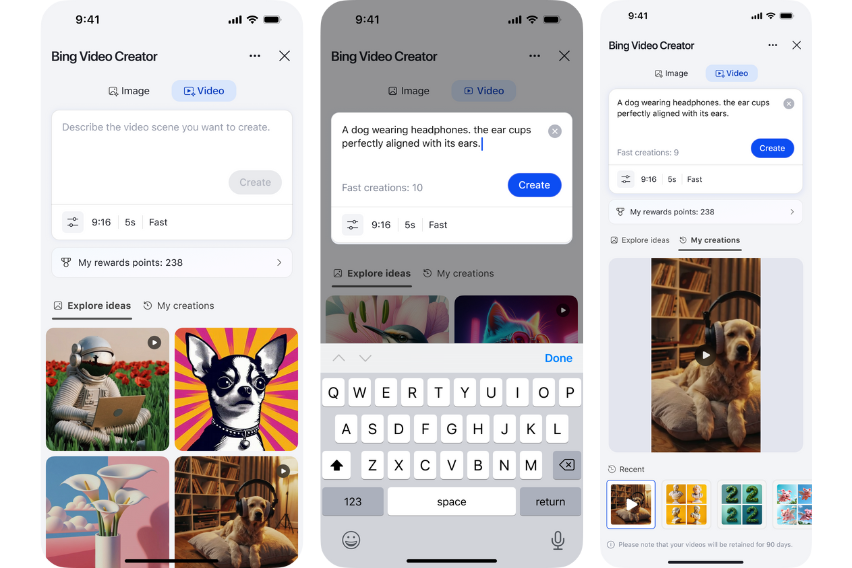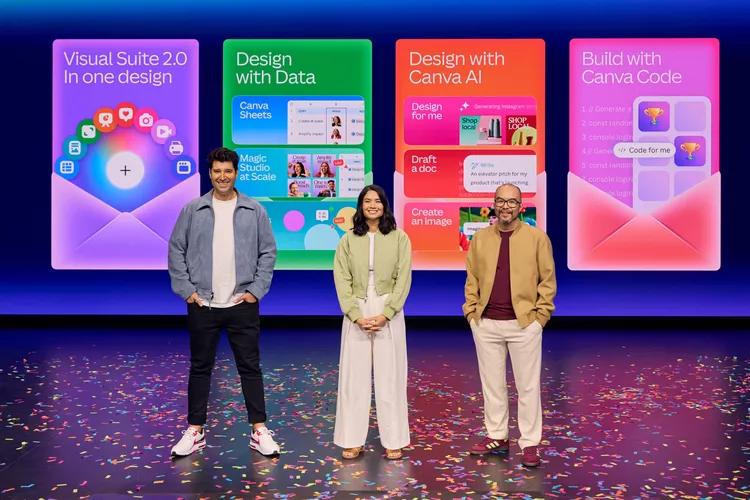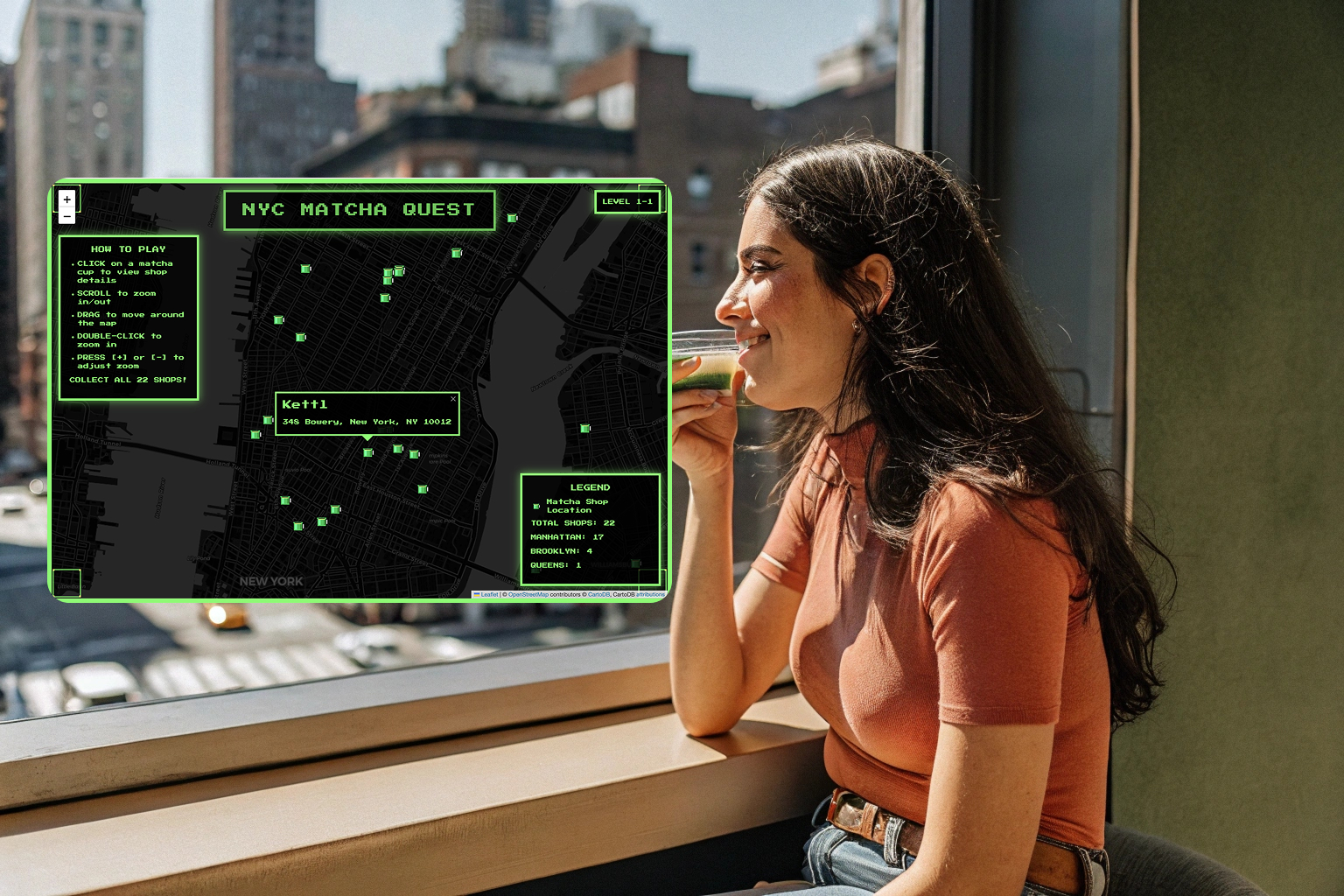At FIT’s 2025 DTech AI Symposium, two panels examined how AI is reshaping the fashion pipeline—from concept to consumer. The first, “Digital Couture: AI’s Role in Fashion Design and Digital Product Creation,” explored how generative tools are speeding up design workflows and expanding creative possibilities in prototyping and visualization. Later, “Smart Threads: AI Transforming Fashion Supply Chains” tackled the operational side, highlighting how AI is driving change in sourcing, compliance, and transparency.
Together, these sessions showed how AI is helping brands forecast trends, personalize experiences, reduce waste, and eliminate tedious tasks—while also exposing the cracks where automation still falls short.
From Sketches to Samples—Fast
In the “Digital Couture: AI’s Role in Fashion Design and Digital Product Creation” panel, Sylwia Szymczyk, founder of FashionINSTA and former Timberland product dev lead, broke down one of fashion’s most unshakeable issues: the outdated calendar. “We can predict trends one month out pretty well,” she said, “but the industry still works on an 18-month cycle.”
Her solution? Let designers prototype faster and more flexibly. FashionINSTA’s platform turns sketches into ready-to-cut digital patterns, cutting down on tedious manual work and giving creatives more time to focus on silhouette, feel, and fit. She described it as a way to “test desire before you produce”—a strategy aimed at killing off overproduction at the root.
Meanwhile, Zehra Soysal—a consultant-turned-entrepreneur with experience at Google and BCG—highlighted how AI-generated visuals can help brands test campaign concepts early, tweak styling, or explore new product directions. “You don’t always need to book a shoot,” she said. But she also cautioned that automation isn’t a substitute for intentionality: “Without guardrails, AI becomes a time suck.”
Amy Sperber, Assistant Professor of Fashion Design at FIT and panel moderator, pointed out that AI-generated content can quickly become repetitive. “Mass generation leads to sameness,” she warned. “You need humans to push it to the edge.”
Resale, Discovery, and Smarter Search
Leanne Luce, founder of Kitted AI and author of AI for Fashion, shared what’s quietly transforming fashion ecommerce behind the scenes: smarter search. She pointed to resale platforms like ThredUp, where semantic search and visual similarity tools made navigating billions of listings easier—and more successful. “They saw a 32% increase in new user purchases after implementing these tools,” she said.
For resale and secondhand, where there’s no standardized inventory and every item is unique, AI’s ability to improve discovery is a game changer. Better tagging, cleaner recommendations, and personalization that actually considers your style and mood mean less endless scrolling, more “add to cart.”
Luce also brought up a growing shift: preparing websites to be legible not just for people, but for AI agents—digital shopping bots that may soon browse and buy on behalf of consumers. “This is the new SEO,” she hinted. “It’s not just for Google anymore—it’s for AI systems.”
AI Tools That Work (and Where They Don’t)
While all three panelists agreed that AI is useful, they were equally candid about where it falls short.
Soysal emphasized that creative teams still waste time when they don’t know how to steer the tools. “Be careful when AI wastes your time,” she said, recounting her own experience of getting lost in ChatGPT drafts that took longer than just writing them manually.
Szymczyk echoed the warning: “If you can’t check AI’s output, you can’t direct it.” She stressed that the next wave of designers still needs core skills—pattern knowledge, construction insight, and critical thinking—to use AI effectively. Otherwise, they’re just clicking buttons.
All three agreed: AI should take over the boring parts, not the craft.
Smart Threads: The Logistics Layer
The second panel, “Smart Threads,” shifted gears to explore how AI is redefining backend operations.
Jason Roth (CGS BlueCherry) discussed how enterprise platforms are using AI to automate data cleaning, inventory modeling, and vendor scoring—all to help brands forecast more accurately and produce fewer unsold goods.
Liz Pulos (Inspectorio) explained how traceability tech is being used not just for compliance but for storytelling: “We’re seeing brands use data to show customers exactly where a product came from, who made it, and how it met ethical standards.”
Diana Peck from Cotton Incorporated brought it full circle with the material side of fashion. AI is helping the cotton industry better match mills and manufacturers with sustainable sourcing partners. It’s also enhancing yield prediction and supporting transparency down to the field level—a necessity as new import regulations tighten in the US and UK.
People Still Make the Big Calls
Despite the upgrades, both panels made it clear: AI is a tool, not a solution. Sonja Chapman, a veteran of global logistics and a professor at FIT, shared examples of brands struggling with implementation because the tech was dropped in without training or internal alignment.
Sylwia agreed: “The people choosing the tools often aren’t the ones who use them. You need translators—champions inside teams who can say, ‘This is worth changing for.’”
The Real Impact? Smarter Workflows, Not Smarter Machines
From AI-assisted patternmaking to supply chain tools that track compliance down to the cotton field, the first half of FIT’s 2025 DTech AI Symposium focused on optimization. Speakers across Panels 1 and 3—like Leanne Luce, Sylwia Szymczyk, Jason Roth, and Liz Pulos—pointed to one major win: when used right, AI helps designers and operations teams spend less time on grunt work and more on what actually matters. But the tools aren’t magic. Creative intent, ethical clarity, and strategic rollout still make or break success.
That tension—between what AI can do and what we want it to do—carried into the next sessions.
➡️ Next: AI x Design x Storytelling : How Creative Tools Are Evolving and Why Prompts Need a Human POV
➡️ Back to Series Overview







